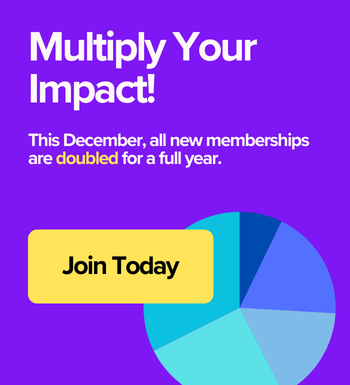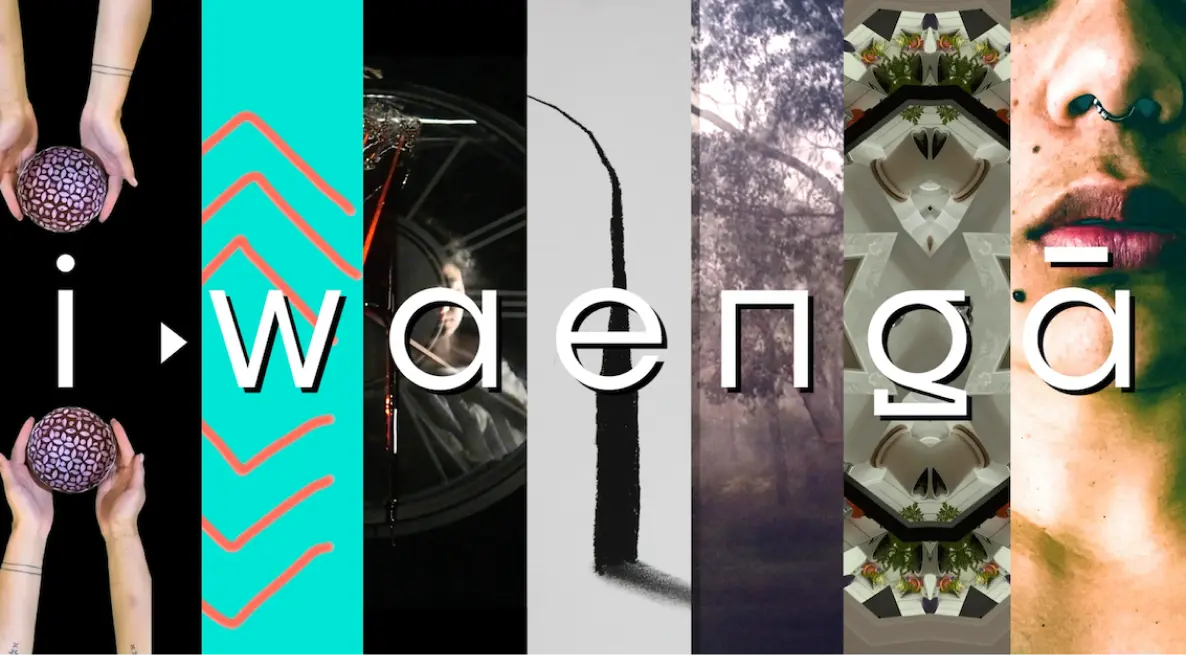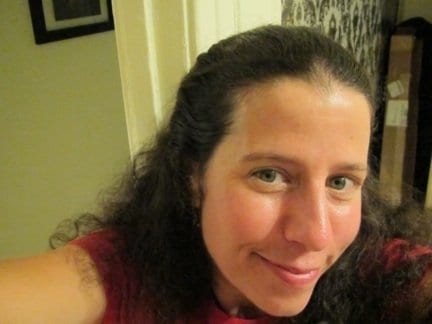This is part two of a two-part series about accessibility in the performing arts. Read part one here.
Picture yourself at the opera. If you’re a sighted person, and the opera is in a language you don’t speak, you will likely use the translation surtitles (or supertitles) to follow along. But if you’re blind or visually impaired, there hasn’t really been a comparable way for you to access those translations in real time — until this past June, when the New Zealand Opera launched its newest accessibility practice: braille surtitling for its production of Le Comte Ory.
Unlike traditional surtitles for text translation, which generally appear above or to the sides of the stage, these braille surtitles are accessed from personal digital devices, such as phones or tablets. Simple stage directions that might otherwise be audio-described can also be transmitted directly to a user’s device, making it possible for them to follow the action as well as the words. Created in-house by General Director Brad Cohen and computer programmer Hugh Glaser, NZ Opera says this technology is the first of its kind, and it could revolutionize accessibility in opera around the world. Plus, Cohen surmises, it could be used for other purposes such as sporting events, conferences or “any scripted live event.”
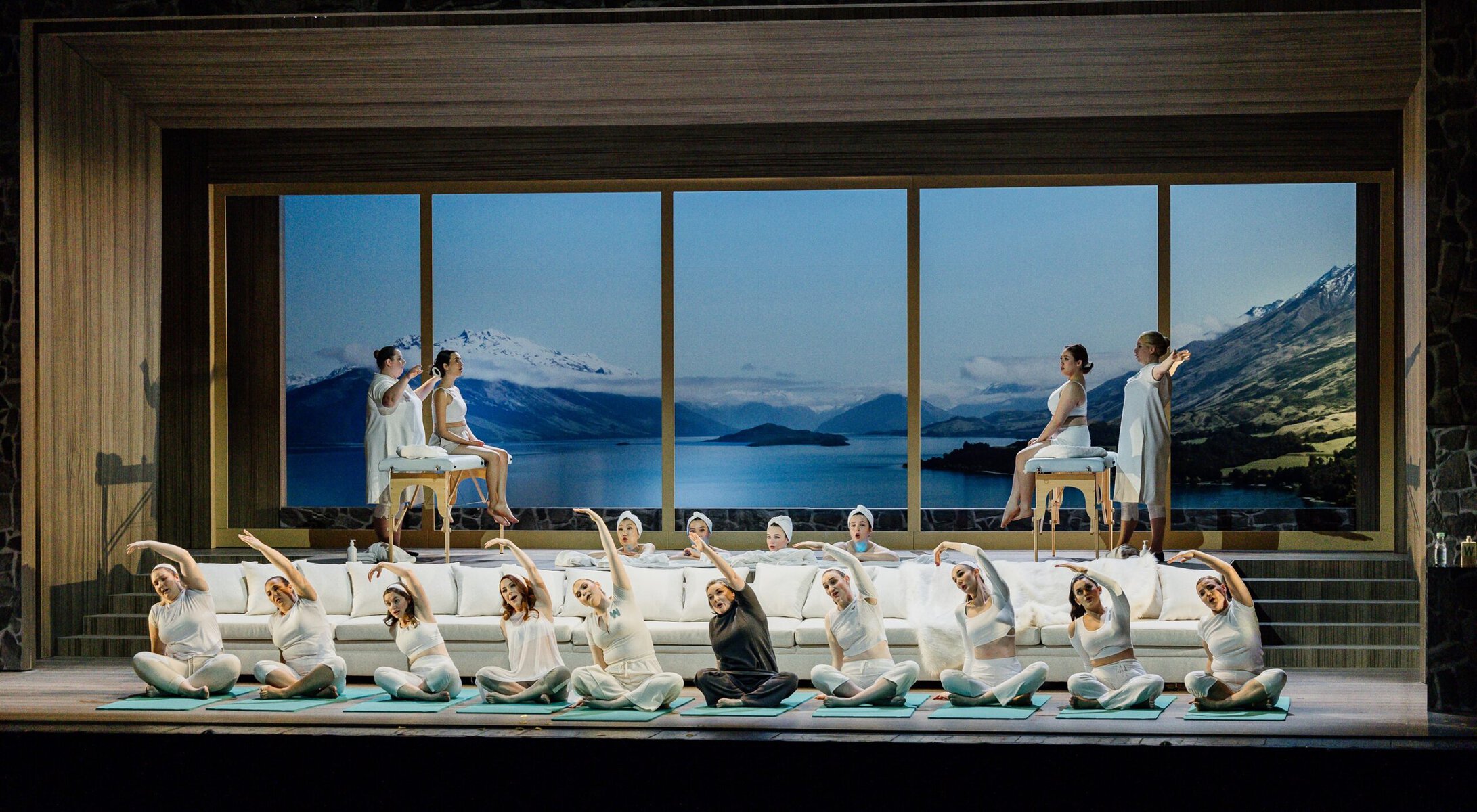
This latest innovation joins NZ Opera’s other accessibility measures such as pre-show “touch tours,” audio description, Easy Read formatting and free companion tickets for disabled patrons. In fact, all of these are standard practice for many arts organizations across New Zealand, which has become a global leader in accessibility in the performing arts.
For a country with a population of just over five million, New Zealand shows a tremendous commitment to accessibility both for its performing artists and their audiences. And while not every access practice is adopted by every organization, New Zealand’s arts organizations, such as NZ Opera, are prioritizing accessibility as a way to increase their reach. And it appears to be working — a recent report found that both attendance and participation in the arts had risen among Deaf and disabled populations from 2017 to 2023.
So what is the secret to New Zealand’s success in dismantling barriers in the arts? Rather than a single solution, the country’s approach is multi-pronged, incorporating government support, disability-led programming and dedicated advisors who help performing and producing companies craft individualized access solutions tailored to their specific communities.
On March 26, 2024, Creative New Zealand, the government entity in charge of distributing grant money and supporting the growth of the Creative Arts sector in New Zealand, announced the Tapatahi Accessibility Policy and Action Plan 2023-2028. Co-created with input from a wide range of advocacy groups and organizations, this plan offers a solid framework for Creative New Zealand to better support its constituents.
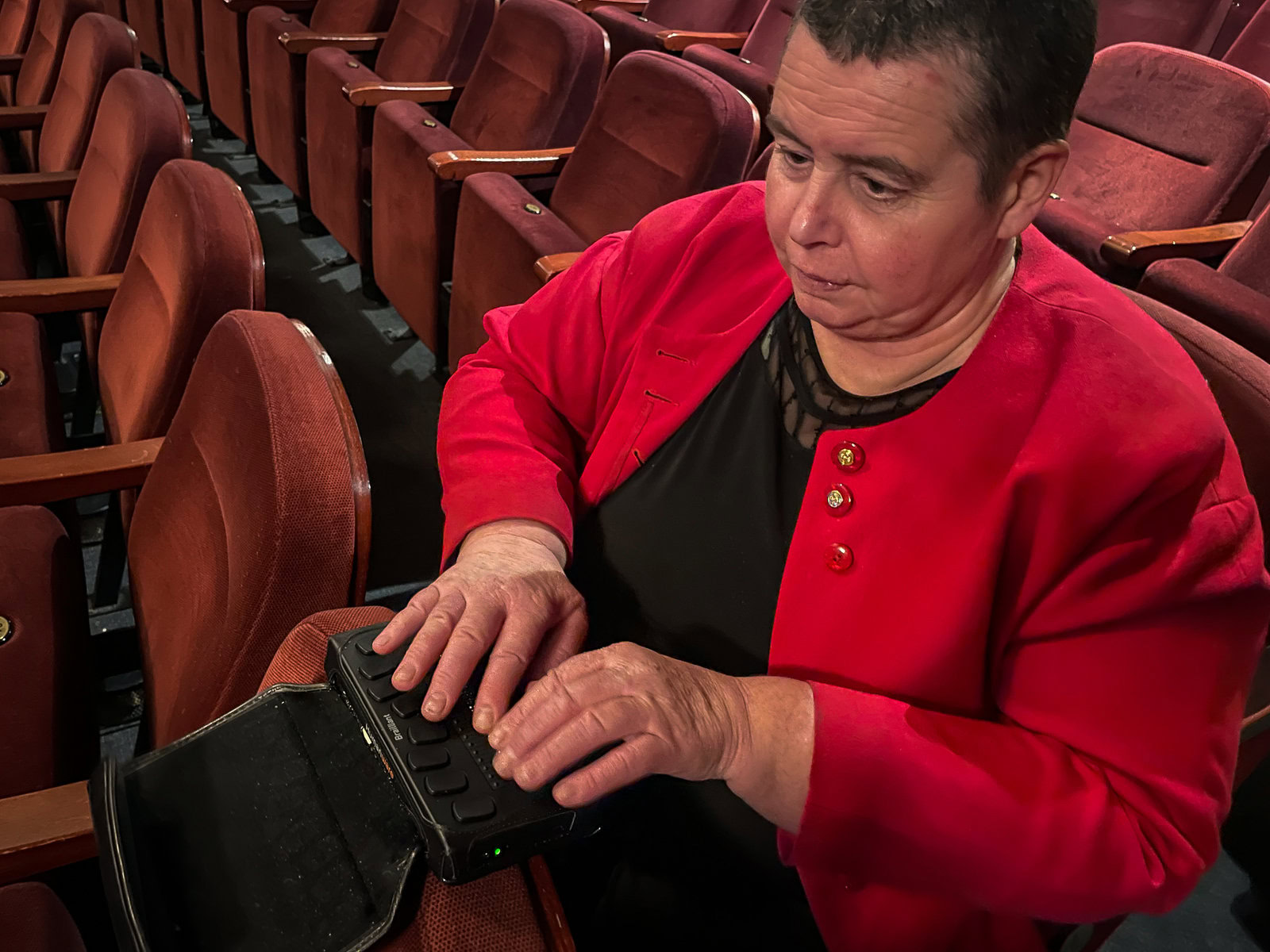
The plan details the ways in which Creative New Zealand will ensure its materials and systems are accessible for artists and administrators with lived experience of disability. One clear demonstration of this commitment is the resource page, where the Action Plan in its entirety can be downloaded in one or all of 12 distinct formats — including a braille version, an audio version, and an Easy Read version that uses pictures, graphic, simplified bullet points and definitions of certain terminology. These Easy Read translations are a specialty of the Make it Easy Kia Māmā Mai service of People First New Zealand Ngā Tāngata Tuatahi, and are becoming more widely used, in and outside of the public sector.
Additionally, Creative New Zealand grantees who are Deaf, disabled, or experience physical or cognitive impairment can now request an additional “access payment” of up to $5,000 in addition to their initial award. This funding can be utilized in any access practice that supports the artist — such as sign language interpretation or audio description for performances, or to meet the needs of individual artists who may require assistance or specialized transportation in order to create and perform.
Nothing about us without us” has been an internationally recognized slogan for the disability movement for decades. To it, dance company Touch Compass has added an important component: “Nothing about us without us, made by us.” Founded in the late 1990s, Touch Compass is a stronghold for contemporary dance whose practitioners represent a full spectrum of abilities and lived experiences. In recent years it’s also become a place for those same practitioners to step into leadership roles, allowing the organization to foster deep inclusivity and accessibility from its foundation all the way up to the top. At every level of the organization, according to General Manager/Kaiwhakahaere Matua Jon Tamihere-Kemeys, are people with lived experience of disability — including 40 percent of the board, over 50 percent of the staff and 100 percent of the leadership team.
“If we’re going to be a disability-led arts organization, the arts need to be led by disabled artists,” Tamihere-Kemeys points out. “Not only led … but actually enabled and empowered to make relevant, accessible, unique work that speaks powerfully to the disability aesthetic. … And so how do you do that? You make sure that you’ve got disability leadership at every strata. So that the collective consciousness of the organization moves forward.”
Weighed down by negative news?
Our smart, bright, weekly newsletter is the uplift you’ve been looking for.As one member of the Artistic Direction panel, Dr. Suzanne Cowan, wrote of Touch Compass’ “attitudinal shift” in a blog published by Arts Access Aotearoa: “It’s been a process of recognizing that disability was the organization’s point of difference, and so promoting disabled leadership and having people with disabilities in key decision-making positions is essential to developing a disability lens for the work.”
And what is the function of that lens? “Upending non-disabled norms, aesthetics and values, and actually centering disability culture,” Cowan tells me. “Any artistic pieces are co-creations. And that really comes to the fore when disability culture is at the center because often there are various access needs that have to be met, and so we bring in extra people and in a way extra layers … of the work, which then actually just creates more complexity and deepens it for everyone. We’re actually creating a fuller, more inclusive, deeper experience for the whole audience. So seeing disability culture as being generative rather than marginalized — it shifts us to a new space.”
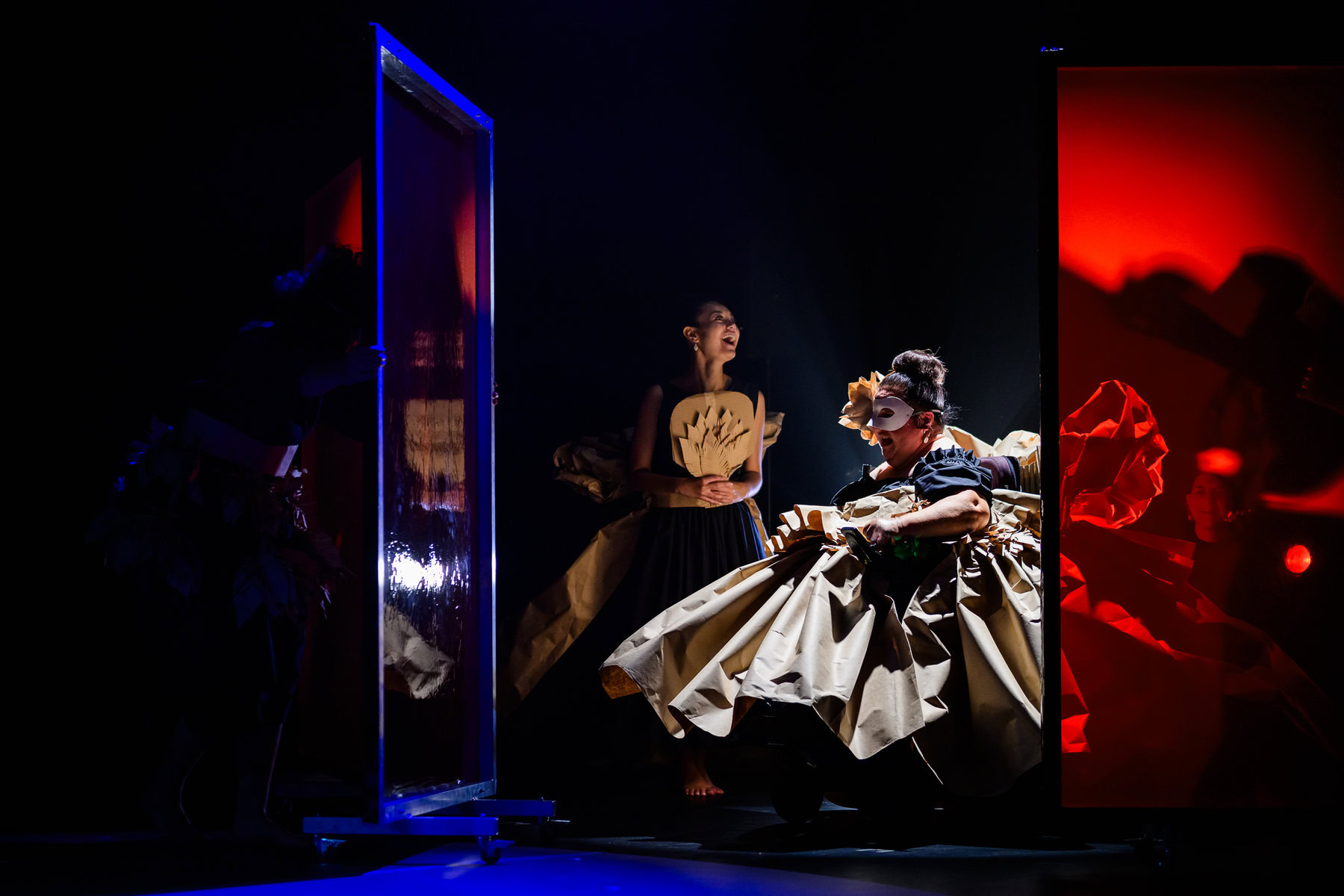
An organization cited by pretty much every artist I spoke to while researching this topic is Arts Access Aotearoa, which promotes, supports and advocates for accessibility in the arts, for artists and for audiences. Put simply, its vision is that “all people in Aotearoa can access and participate in the arts.” (Aotearoa is the Māori-language name for New Zealand.) To that end, Arts Access Aotearoa inhabits a special space as an intermediary, offering its government-funded services for free to any arts organization or individual practitioner who asks.
For disabled visual artist Stace Robertson, lead accessibility advisor/Kaiārahi a Toi Ōritetanga for Arts Access Aotearoa, “being able to speak from experience” means he can approach conversations with arts organizations looking to expand their access practices with concrete, personal examples.
“To be able to say to an arts company, ‘Hey look, when I have to go around the back door, and pass the rubbish bins to get to the step-free access, that doesn’t feel good.’ To be able to speak to it from how it feels as a person humanizes the need for accessibility and encourages people to think, ‘Yes, we actually can do something about it,’” Robertson says.
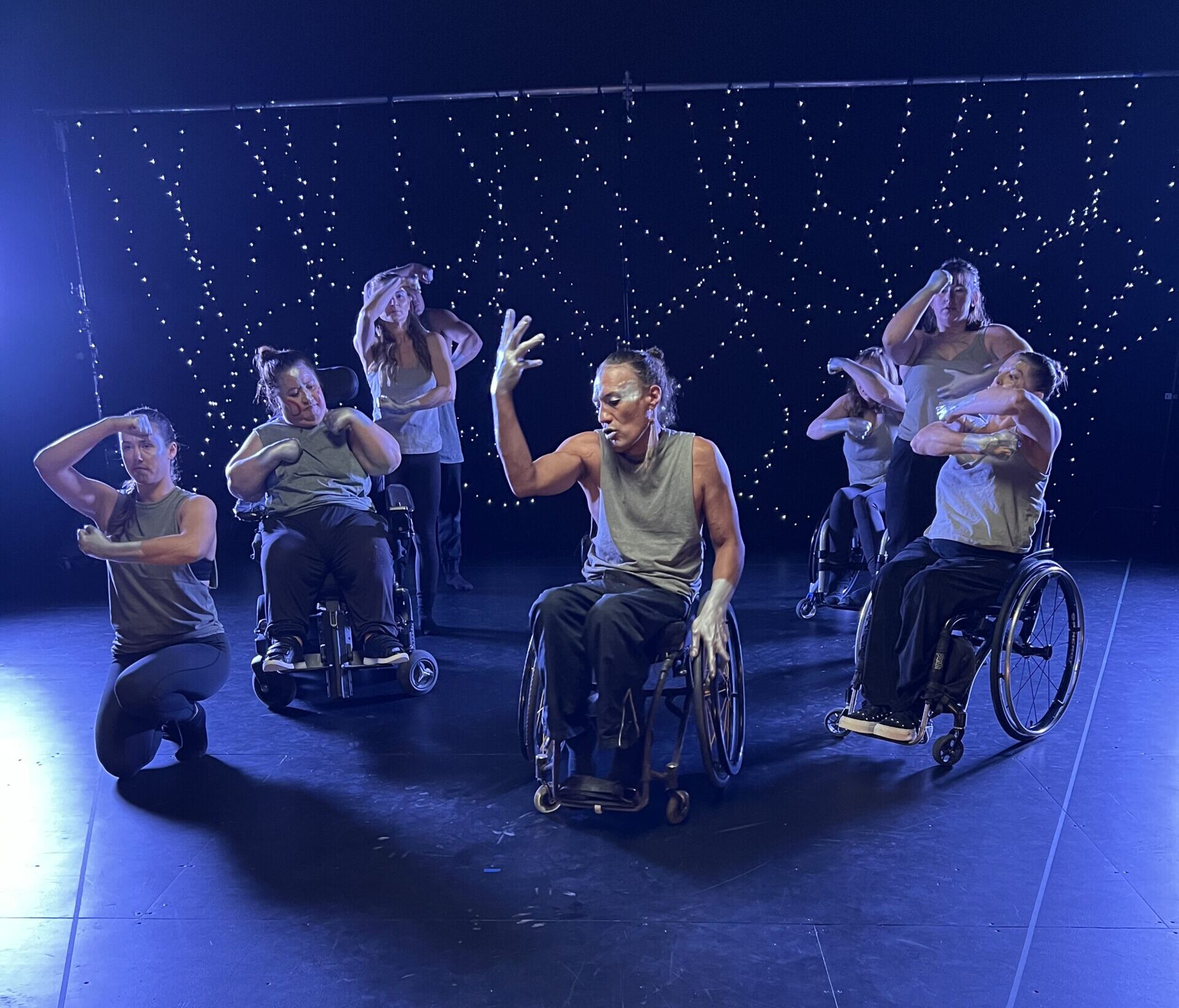
These conversations are a regular part of Robertson’s role. He also works with Deaf and disabled artists, offering support in situations where their access needs are not being met. He may be asked to facilitate a conversation with a production team on behalf of a disabled performer, or sit down with an arts organization that wants to expand its audience access practices and outreach. At the core of the work, Robertson emphasizes, is being in a position to offer support and general guidance rather than prescriptive solutions.
“For the most part my work is being a one-to-one support for arts companies and artists,” he says. “Anyone can get in touch and say, ‘We want to make our show, our exhibition, accessible. What do we need to do?’ And I’ll sit down with them to learn more about what they’re planning to do and then talk through what their options and possibilities are, and how they might approach those things.”
Of New Zealand’s five million inhabitants, an estimated one in four have a lived experience of disability or impairment. And while New Zealand (like many countries) has a ways to go in ensuring true access for all, the arts sector has visibly risen to the challenge. From creating braille surtitles for blind audiences to providing extra funding for artists with access needs, creating pathways to leadership and celebrating “disability consciousness,” and implementing practices such as Easy Read materials, audio description and relaxed performances into season and festival programming, New Zealand is demonstrating a commitment to the wellbeing of all of its citizens.
“There are inherently societal challenges that are not anyone’s fault but that need to be navigated,” says Tamihere-Kemeys of Touch Compass. “And that’s what we challenge ourselves with every day. How are we actively supporting this work, and not supporting because someone needs a hand up or a leg up, just: How do we create an environment where people can create some really cool stuff?”

